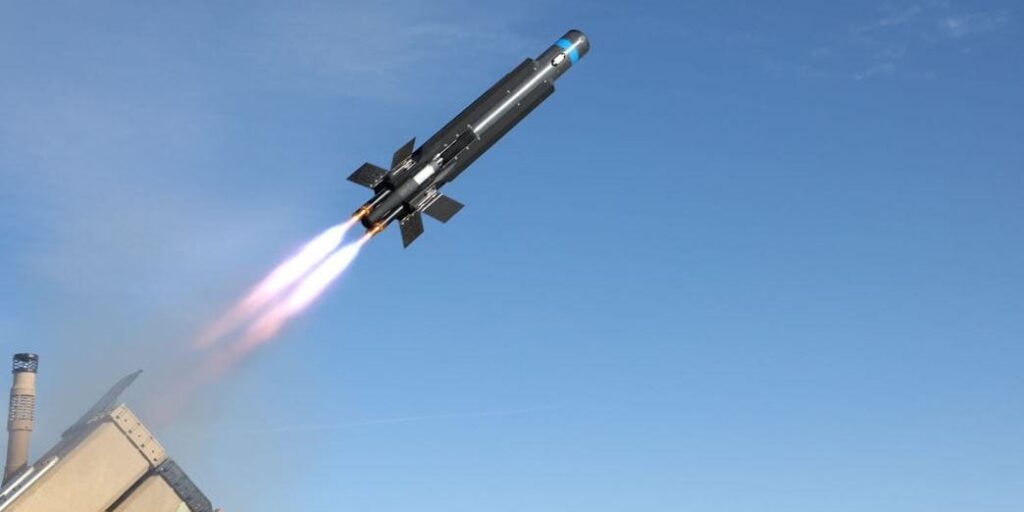The Roadrunner-M and the Coyote are “both specifically designed to go after UAVs,” Navy Adm. Daryl Caudle, head of US Fleet Forces Command, told reporters in March.
The anti-drone interceptors add more firepower and magazine capacity to protect high-value naval assets like aircraft carriers without sacrificing larger and more expensive missiles stored in the ship’s vertical launchers.
Costing from $125,000 to $500,000 per unit, the drone-killers come at a fraction of the cost of the cheapest interceptors with a similar range currently in use by the Navy.
The Roadrunner-M is just over half the $920,000 cost of the short-range Rolling Airframe Missile, and it only gets more expensive from there. The medium-range Evolved Sea Sparrow Block 2 interceptor costs about $1.5 million per unit, the longer-range SM-2 missiles carry a price tag of about $2 million, and SM-6 missiles cost over $4 million each.
The Navy said in January that nearly 400 munitions, including over 100 SM-2 missiles, 80 SM-6 missiles, and 20 ESSM and SM-3 missiles, had been fired to counter Houthi strikes since October 2023. The Trump administration called off an intensified air war in early May in exchange for a Houthi agreement to cease attacks on shipping.

